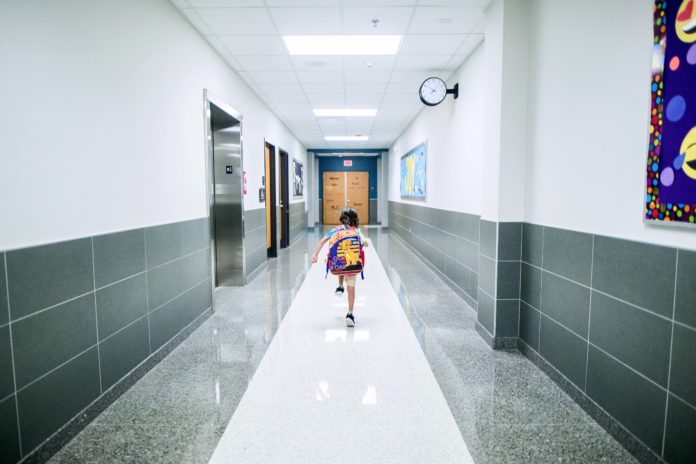Complete mental and physical rest, also known as cocooning, used to be considered the gold standard treatment for concussion recovery.
For children and youth, this would look like sitting in a dark room with no stimulation (including electronics, play dates, homework, or any form of physical activity) for two to three weeks or until their concussion symptoms subsided. Yet more recently, prolonged rest after a concussion has been linked to negative outcomes including lengthening the concussion recovery period or producing new symptoms such as depression and anxiety.
Today, to help reduce the negative outcomes of the cocoon method, new concussion management protocols for children and youth have been put in place. For example, an early return to school is highly emphasized in the new guidelines. The early-return-to-school protocol recommends that a concussed child or youth miss no more than two days of school post-injury instead of waiting until they are asymptomatic (at around 10 school days). However, limited research has assessed whether this new recommendation is beneficial for concussion recovery among children and youth.
A recent study published in the JAMA Network set out to close this research gap. Specifically, the study examined whether returning to school earlier was associated with a decrease in concussion symptoms two weeks post-injury compared to a later, more typical return-to-school protocol. The study was led by Dr. Christopher G. Vaughn, an Assistant Professor of Psychiatry and Behavior Sciences and Pediatrics at George Washington University School of Medicine.
Over 1,500 children and youth from emergency rooms in Alberta, Manitoba, Ontario, Quebec, and Nova Scotia were recruited for the study. Participants were between the ages of 5 to 18 years old, and the researchers collected data such as day-of-injury concussion symptoms, the number of school days missed post-injury, and concussion symptoms two weeks post-injury. Participants were split into an early-return-to-school (two or fewer days missed) or later-return-to-school (three or more days missed) group based on their responses.
The results demonstrated an association between early returns to school and lower concussion symptoms two weeks post-injury in 8-to-18-year-olds. Furthermore, children and youth 8 to 18 years old who reported higher day-of-injury concussion symptoms and were in the early-return-to-school group experienced fewer concussion symptoms two weeks post-injury compared to those who returned to school later. There were no significant associations found for children aged 5 to 7 years old.
Altogether, the research suggests that the early-return-to-school protocol for concussion management and recovery in children and youth is valid, especially for children 8 to 18 years old. Similarly, as other research suggests, early returns to school post-concussion may also reduce mental health issues that can arise from the outdated cocoon treatment method.
Although it may seem irrational to have a child go back to school 48 hours after experiencing a traumatic brain injury, as the current research demonstrates, the mental and physical stimulation that school provides seem to be best for decreasing the concussion symptom burden in these youngsters. Contrary to previous beliefs, prolonged rest may not be best for acutely concussed children and youth.








































